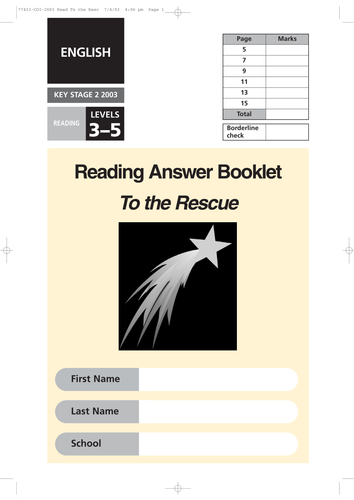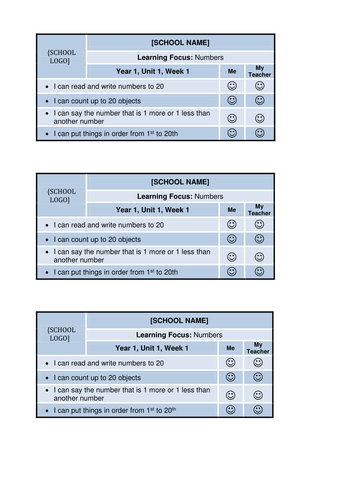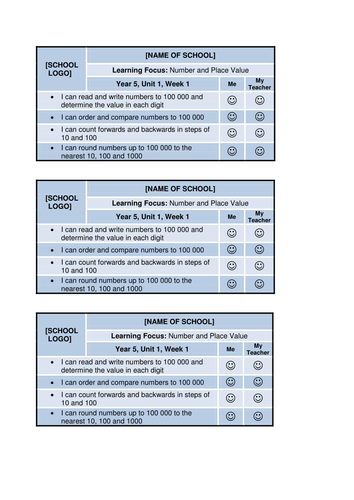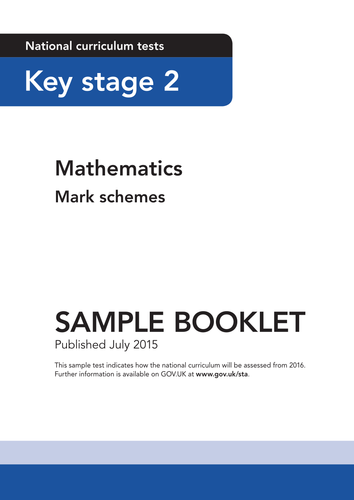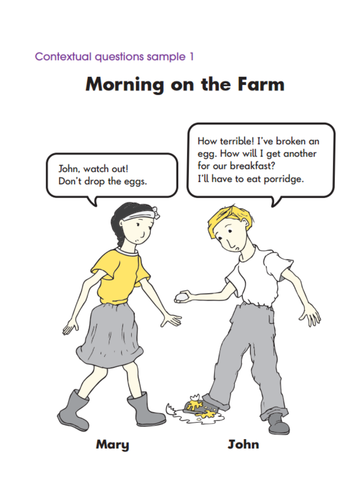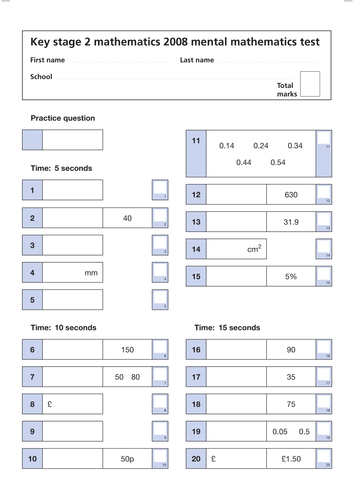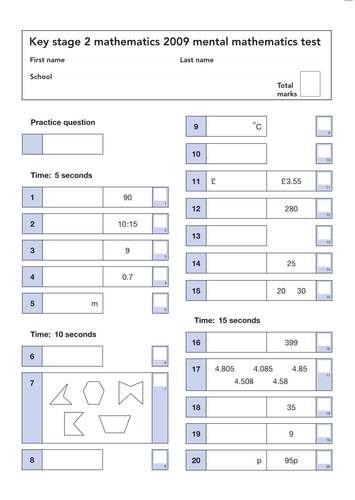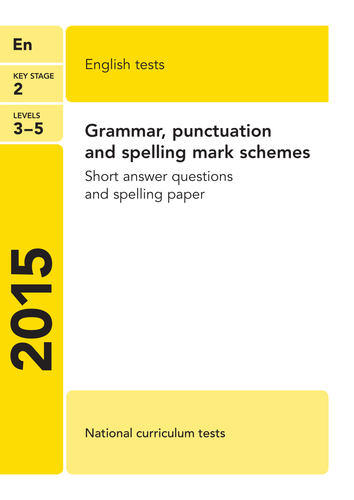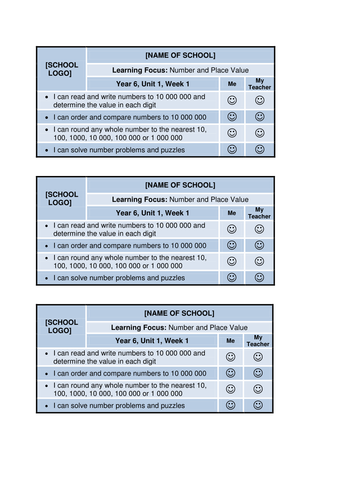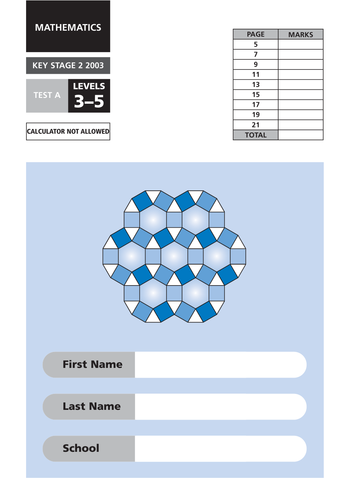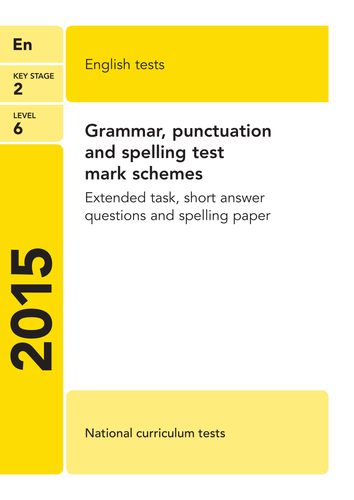Paul Urry's Shop
2016 Ben Evans resource contributor of the year with 8.5M downloads With over 6.8 million downloads already, I am offering a wide range of resources for use throughout Primary and some secondary schools. My main resources are - spelling, leveled SATs questions for maths and science, learning mats for science, English and maths. spreadsheets analysis grids, and games and activities for science, maths and Christmas. Resources will continue to be added so keep checking back. Paul


